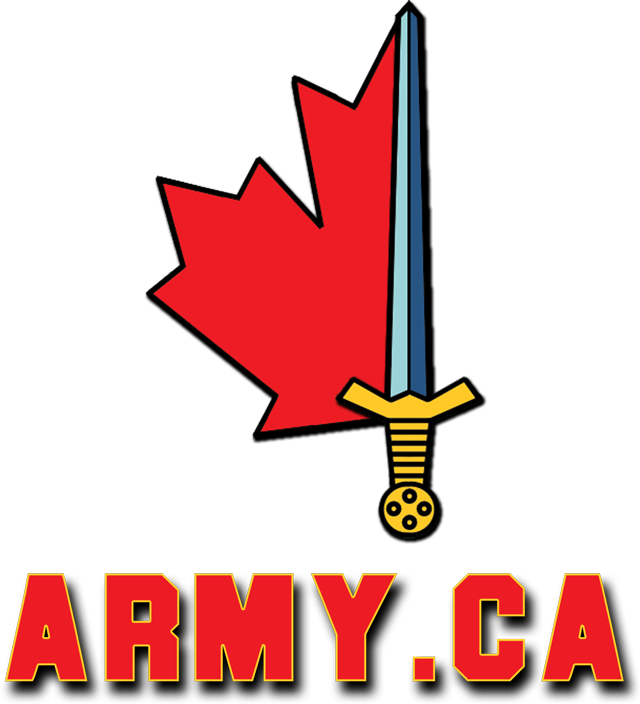At least you're not shy of letting your RCAS anchoring bias show. Is there an advantage to teaching people one complete set of skills (indirect fires) and then teaching them a completely different set of skills (uncrewed system operations) and then having them try to retain both in a career path? If the jobs and tasks between the two are discrete enough, and viable, specialized units and sub-units are required, then the argument for a separate occupation to manage is valid.
You argue UAS should remain an artillery system because of operators, C2, and logistics, but these are the reasons that could be used to justify a separate branch/occupation. In terms of operators and planning, the nature of UAS employment that CA units manage now as compared to AFU Unmanned Systems operations is like comparing a bicycle to a Bugati racing bike. Anyone can hop on and pedal a bicycle, but there are additional factors that take things to the next level.
From an operator and C2 perspective, the average UAS operation in Ukraine takes multiple teams conducting discrete tasks to accomplish a mission. There is the commander who considers site selection and mission parameters, multiple pilots, technicians running ancillary skills like battery and payload management, as well as significant EM spectrum management. Some drones fly as ISR, while other fly in a rebroadcast role to extend the range of other platforms, while others fly in an EW role. ISR approaches vary, with some drones hover around to get information, while FPV drones are used in 100km "pass-by" reconnaissance on pre-set routes to avoid EW jamming. Attacks range from dropping munitions, seeding minefields, to one-way "suicide" attacks. Unmanned systems also include ground vehicles. We are now seeing sophisticated
drone ambushes and coordinated
unmanned air/ground attacks. Unmanned systems are also used in sustainment roles, from
casevac to
replenishment. Drone elements are also technically capable of adapting the software and hardware of their systems, as well as fabricating components through 3D printing.
Do we really want to take an artillery officer whose job is to determine how to apply weight of fires to suppress or neutralize the enemy and put this on his or her plate as a side gig?
The logistics argument you provide boils down to "artillery have trucks to move ammo, so they are better suited to manage UAS sustainment." Your example - mortars and ATGMs - aren't even things artillery regiments conduct replenishment on and could be used to justify the Infantry Corps taking on the task.
If one simply views UAS as "armed drones are basically munitions" then the argument to give them to an existing branch could hold, but an uncrewed system (ground, land, or maritime) is not a munition but a battlefield electronic tool which can be employed to a degree requiring sophisticated, unique planning and employment considerations. The Ukrainians have moved beyond the pedal bike and to the Bugati. We may want to consider it as well.
Do combat arms units need UAS to conduct their tasks? Yes - give them the training course so they can use the device to help them achieve their task. But there exists a compelling argument that a discrete mission set exists with uncrewed system employment that could justify a new, specialized branch/occupation.

